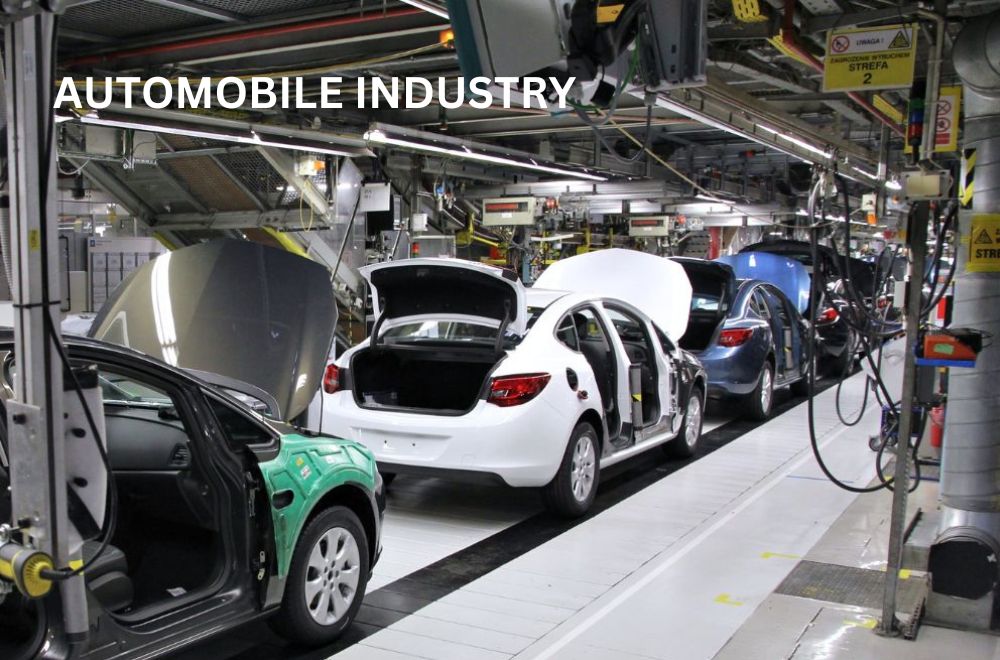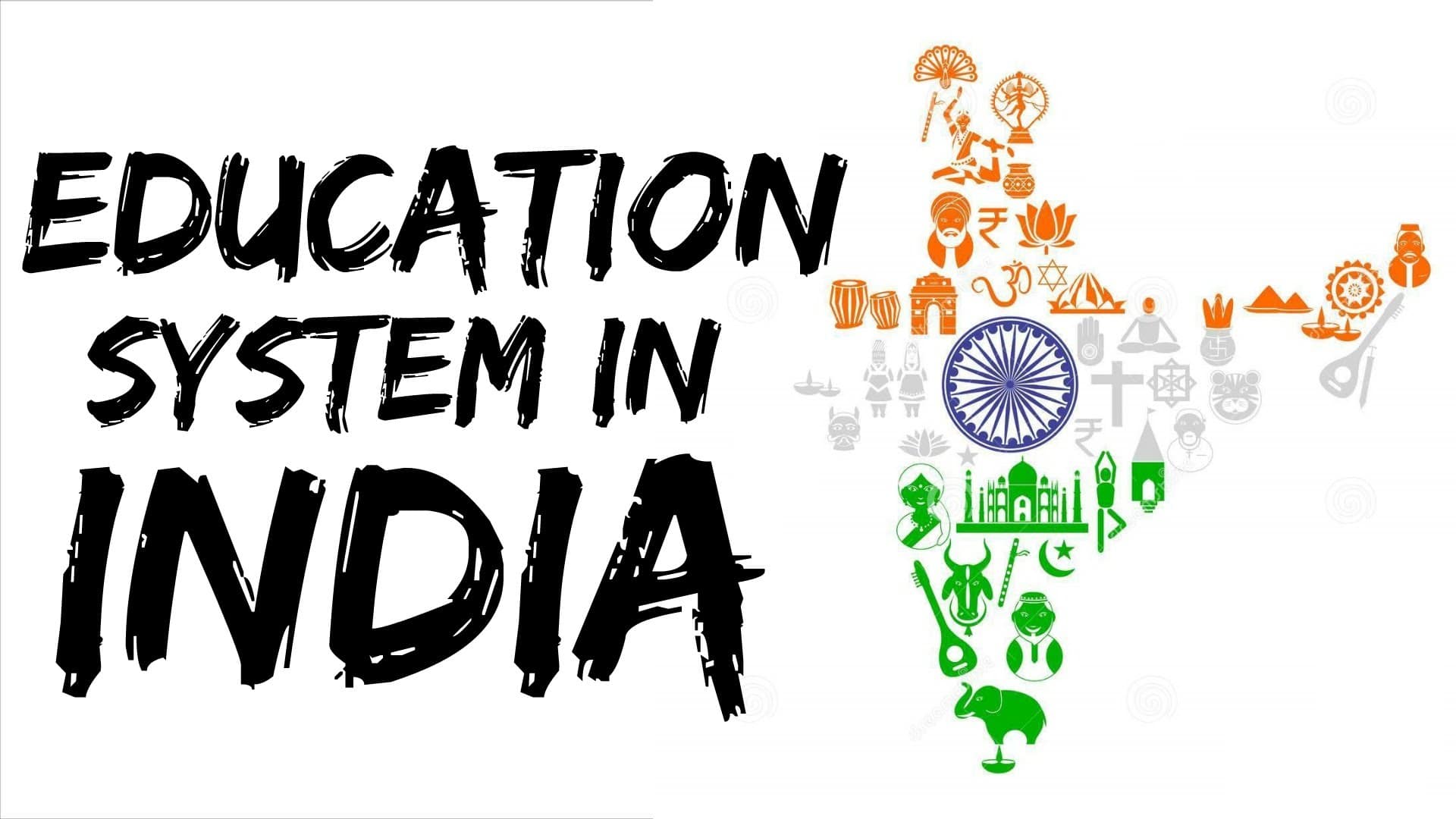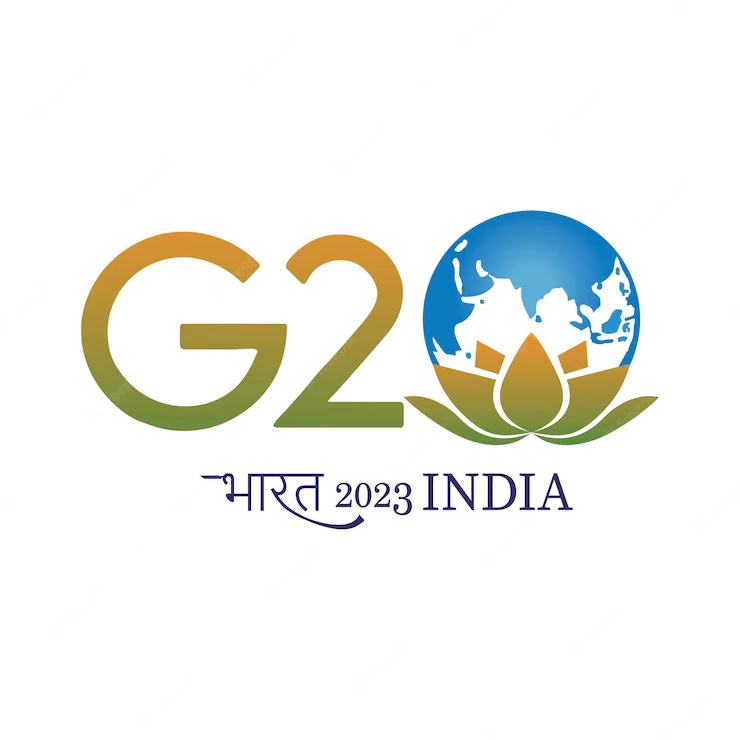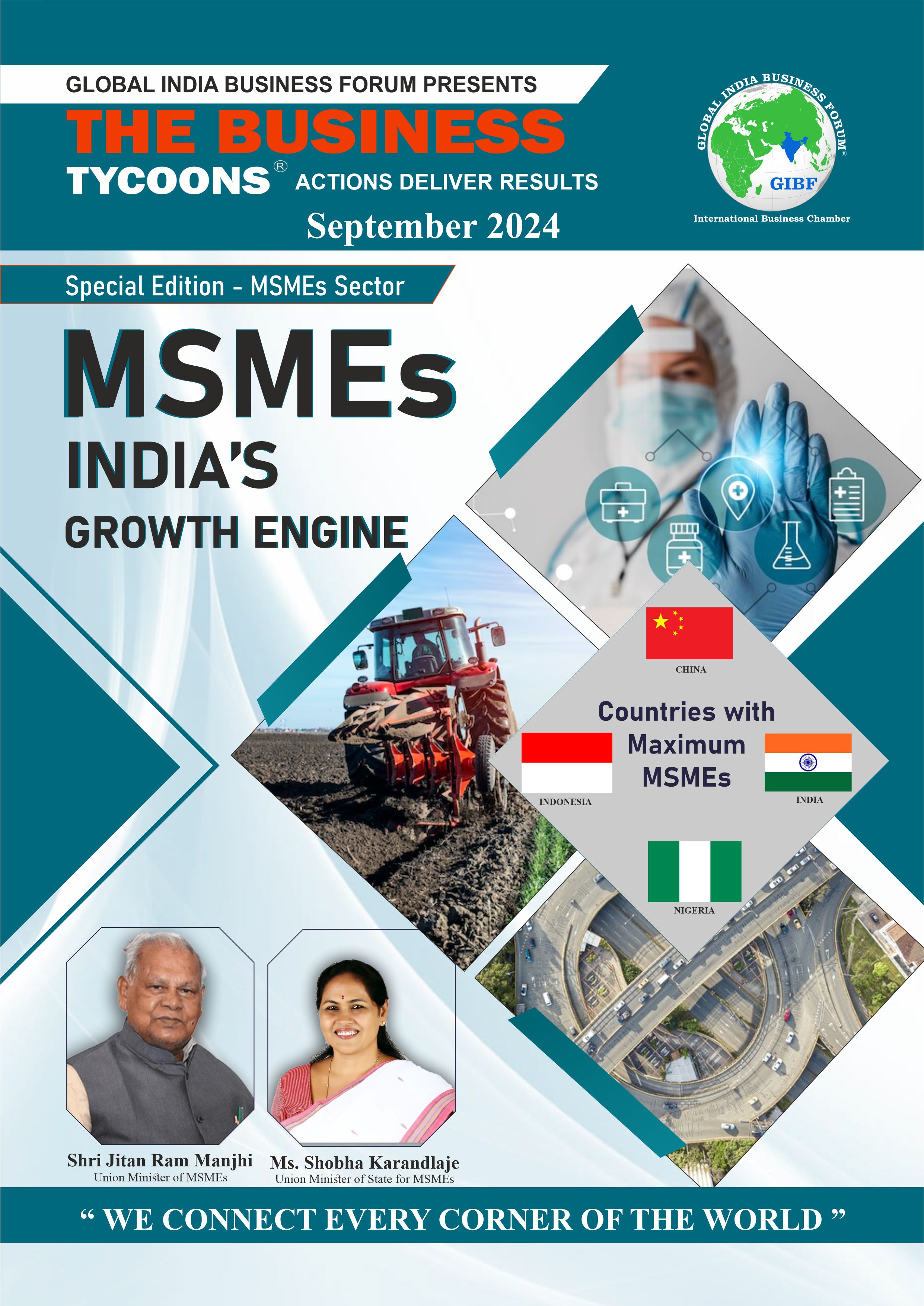it is the largest tractor producer, second-largest bus manufacturer, and third-largest heavy truck manufacturer in the world. India’s annual production of automobiles in FY22 was 22.93 million vehicles. India is also a prominent auto exporter and has strong export growth expectations for the near future.
In addition, several initiatives by the Government of India such as the Automotive Mission Plan 2026, scrap page policy, and production-linked incentive scheme in the Indian market are expected to make India one of the global leaders in the two-wheeler and four-wheeler market by 2022.
The Indian passenger car market was valued at US$ 32.70 billion in 2021, and it is expected to reach a value of US$ 54.84 billion by 2027 while registering a CAGR of over 9% between 2022-27. The electric vehicle (EV) market is estimated to reach Rs. 50,000 crore (US$ 7.09 billion) in India by 2025.A study by CEEW Centre for Energy Finance recognised a US$ 206 billion opportunity for electric vehicles in India by 2030.
This will necessitate a US$ 180 billion investment in vehicle manufacturing and charging infrastructure. According to NITI Aayog and the Rocky Mountain Institute (RMI), India's EV finance industry is likely to reach Rs. 3.7 lakh crore (US$ 50 billion) by 2030. A report by the India Energy Storage Alliance estimated that the EV market in India is likely to increase at a CAGR of 36% until 2026.
In addition, the projection for the EV battery market is expected to expand at a CAGR of 30% during the same period. Indian automotive industry is targeting to increase the export of vehicles by five times during 2016-26. In FY22, total automobile exports from India stood at 5,617,246.
Investments
Some of
the recent/planned
investments and developments in the automobile sector in India are as follows:
In January
2023, MG Motor
India to invest US$ 100 million to expand capacity, eyes 70 percent growth in 2023.
In
December 2022, Mahindra &
Mahindra to invest Rs 10,000 crore (US$ 1.2 billion) for an EV manufacturing plant
in Pune.
In
November 2022, Maruti
Suzuki India announced plans to spend nearly Rs. 7,000 crore (US$ 865.12 million) on
several projects this year, including the building of its new facility in Haryana
and the introduction of new models.
In
October 2022, the total
production of passenger vehicles*, three wheelers, two wheelers, and quadricycles
was 2,191,090 units.
In
October 2022, Maruti
Suzuki was India’s biggest car seller, with 136,700 units sold.
In October
2022, Hero
MotoCorp sold 507,587 two-wheelers, the highest in the segment, which gave it a
market share of 32.31%.
In
September 2022, Maruti
Suzuki launched the Grand Vitara at a starting price of Rs. 10.45 lakh (US$ 12,915).
In
September 2022, Hero
MotoCorp announced an investment of US$ 60 million in California-based Zero
Motorcycles to collaborate on the development of electric motorcycles.
In August
2022, Volkswagen
Group's Indian subsidiary, Skoda Auto Volkswagen India, has begun a feasibility
study for its next phase of investment in India after rolling out its India 2.0
strategic plans.
In July
2022, TVS Motor lines
up fresh investments of Rs 1,000 crore in EV push.
In April
2022, Tata Motors
announced plans to invest Rs. 24,000 crore (US$ 3.08 billion) in its passenger
vehicle business over the next five years.
In March
2022, MG Motors,
owned by China's SAIC Motor Corp, announced plans to raise US$ 350-500 million in
private equity in India to fund its future needs, including EV expansion.
In March
2022, Hyundai plans
US$ 79.2 billion investment through 2030, to focus majorly on EVs.
In
February 2022, a
memorandum of understanding (MoU) was signed between electric two-wheeler company
Ather Energy and Electric Supply Companies (ESCOMs) of Karnataka for setting up
1,000 fast charging stations across the state.
In
February 2022, Tata Power
and Apollo Tyres Ltd announced a strategic partnership for the establishment of 150
public charging stations across India.
In January
2022, Kinetic
Green Energy announced plans to invest Rs. 80-100 crore (~US$ 10-13 million) in a
two-wheeler EV project, in collaboration with Chinese EV major Aima Technology
Group.
Two-wheeler EV maker HOP
Electric Mobility, a diversified business venture of Rays Power Infra, is looking at
investing Rs. 100 crore (US$ 13.24 million) over the next two years to expand
manufacturing capacity for its EVs.
Investment flow into EV
start-ups in 2022 (until September 15) has raised funds worth around US$ 673
million, according to Fintrackr.
In December 2021, TVS Motor
Company and BMW Motorrad, announced a partnership in the two-wheeler EV space, with
plans to release their first electric two-wheeler within the next two years.
In December
2021, Hyundai
announced plans to invest Rs, 4,000 crore (US$ 530.25 million) in R&D in India, to
launch six EVs by 2028.
A
cumulative investment of
Rs. 12.5 trillion (US$ 180 billion) in vehicle production and charging
infrastructure would be required until 2030 to meet India’s EV ambitions.
Government Initiatives
The Government of India encourages foreign investment in the automobile sector and
has allowed 100% FDI under the automatic route. Some of the recent initiatives taken
by the Government of India are:
In July
2022, Gujarat government announced a semiconductor policy, where it will
set up Dholera Semicon City and offered incentives for investment in this sector.
In July
2022, the Government amended the National Policy on Biofuels – 2018. The
target of 20% blending of ethanol in petrol and 5% blending of biodiesel in a diesel
by 2030 was brought forward to 2025-26.
As of
July 15, 2022, under the FAME India Scheme I & II, a total of 532 EV
charging stations have been installed by oil companies under the Ministry of
Petroleum and Natural Gas (MoPNG).
In
February 2022, Mr. Nitin Gadkari, Minister of Road Transport and Highways,
revealed plans to roll out Bharat NCAP, India’s own vehicle safety assessment
program.
In
February 2022, 20 carmakers, including Tata Motors Ltd, Suzuki Motor Gujarat,
Mahindra and Mahindra, Hyundai, and Kia India Pvt Ltd was chosen to receive
production-linked incentives (PLI) as part of the government's plan to increase
local vehicle manufacturing and attract new investment. The 20 automobile companies
have proposed a total investment of around Rs. 45,000 crore (US$ 5.95 billion).
In the
Union Budget 2022-23, the government laid out the following initiatives:
The
government introduced a battery-swapping policy, which will allow drained
batteries to be swapped with charged ones at designated charging stations, thus
making EVs more viable for potential customers.
India’s
National Highways would be expanded by 25,000 km in 2022-23 under the
Prime Minister’s Gati Shakti Plan.
In
November 2021, the Union Government added >100 advanced technologies, including
alternate fuel systems such as compressed natural gas (CNG), Bharat Stage VI
compliant flex-fuel engines, electronic control units (ECU) for safety, advanced
driver assist systems and e-quadricycles, under the PLI scheme for automobiles.
In
September 2021, Minister of Road Transport and Highways, Mr. Nitin Gadkari,
announced that the government is planning to make it mandatory for car manufacturers
to produce flex-fuel engines after getting the required permissions from the Supreme
Court of India.
In
September 2021, the Indian government issued a notification regarding a PLI
scheme for automobile and auto components worth Rs. 25,938 crore (US$ 3.49 billion).
This scheme is expected to bring investments of over Rs. 42,500 (US$ 5.74 billion)
by 2026 and create 7.5 lakh jobs in India.
In
August 2021, Prime Minister Mr. Narendra Modi launched the Vehicle Scrappage
Policy, which aims to phase out old polluting vehicles in an environmentally safe
manner.
The
Indian government has planned US$ 3.5 billion in incentives over five years
until 2026 under a revamped scheme to encourage the production and export of clean
technology vehicles.
In July
2021, India inaugurated the NATRAX, which is Asia’s longest high-speed
track and the fifth largest in the world.
As of
June 2021, Rs. 871 crore (US$ 117 million) have been spent under the FAME-II
scheme, 87,659 electric vehicles have been supported through incentives, and 6,265
electric buses have been sanctioned for various state/city transportation
undertakings.
In May
2021, the Central Government approved a PLI scheme for manufacturing
Advanced Chemistry Cells (ACC) with a budget of Rs. 18,100 crore (US$ 2.33 billion).
In March 2022, four firms, namely Reliance New Energy Solar Limited, Ola Electric
Mobility Private Limited, Hyundai Global Motors Company Limited, and Rajesh Exports
Limited, were elected to receive the incentives.
Road a Head
The automobile industry is dependent on various factors such as the availability of
skilled labour at low cost, robust R&D centres, and low-cost steel production. The
industry also provides great investment opportunities and direct and indirect
employment to skilled and unskilled labour. The electric vehicles industry is likely
to create five crore jobs by 2030.
In August 2022, the Indian government launched India’s first double-decker electric
bus in Mumbai. Looking long term, the government feels it is necessary to overhaul
the country’s transportation system. It is working to create an integrated electric
vehicle (EV) mobility ecosystem with a low carbon footprint and high passenger
density with an emphasis on urban transportation reform. The government's strategy
and policies are intended to promote greater adoption of electric vehicles in
response to growing customer demand for cleaner transportation options.
The Government of India expects the automobile sector to attract US$ 8-10 billion in
local and foreign investments by 2023. India could be a leader in shared mobility by
2030, providing opportunities for electric and autonomous vehicles.
The Indian auto industry is expected to record strong growth in 2022-23, post recovering from the effects of the COVID-19 pandemic. Electric vehicles, especially two-wheelers, are likely to witness positive sales in 2022-23.





























